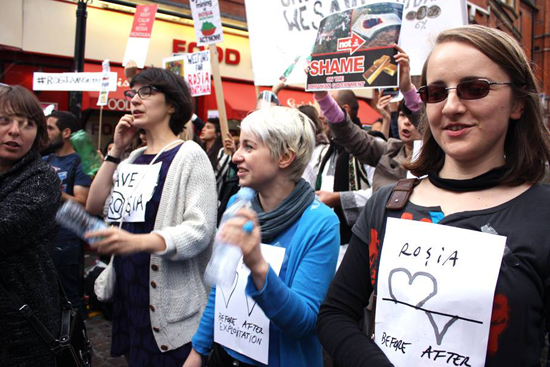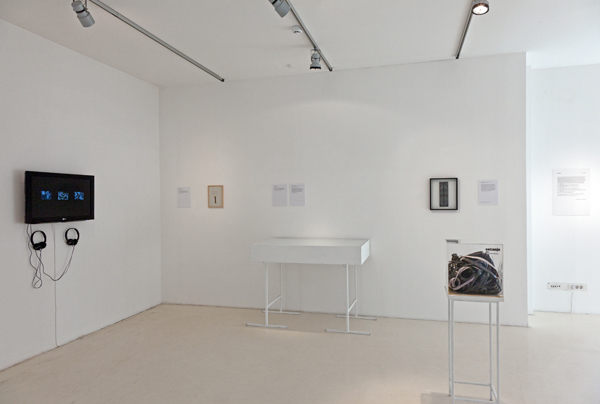Interview with Dan Perjovschi
I spoke with Dan Perjovschi, one of the most internationally respected artists living in Romania, about his political activities against the Rosia Montana cyanide gold mining project (headed by Gabriel Resources, a Canadian corporation). On August 27, 2013, a law was passed in a closed-door session of parliament to go forward with the project despite fifteen years of debate and opposition. In response and starting on September 1, protests against this law, the project, and the corruption linked to this project have erupted around the country and internationally, with tens of thousands of people from different political backgrounds (including progressive … Read more






